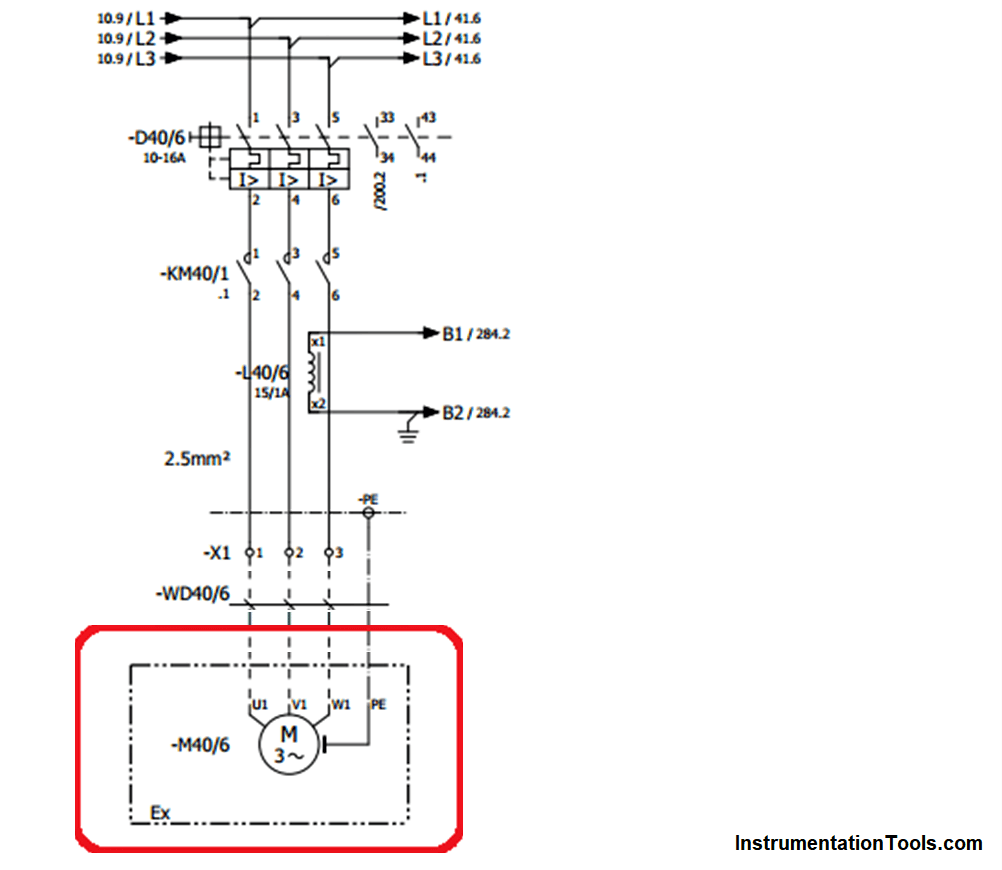A simple schematic drawing tutorial for eagle build electronic circuits how to read electrical schematics circuit basics tutorials webinars tips and tricks using insert footprint menu linkedin learning formerly lynda com terminals 2020 autodesk knowledge network create diagram relay logic types of diagrams an wiring inst tools learn analyse check medium voltage switchgear eep triumph spitfire gt6 herald simplified home facebook diy van guide your faroutride introduction 2021 softe resources interpreting petroed design solid edge comprehensive edrawmax online complete walkthrough with altium designer 22 user manual doentation electra s wire motorcycle basic motorcyclezombies conversion piping instrumentation sparkfun reading ppt board layout house everything you need know panel cad toolset red special library e3 zuken en 2 4 in pcb plc training understanding symbols tw controls simulations ultimate electronics book about follow realpars fusion 360 between the lines life system off grid living

A Simple Schematic Drawing Tutorial For Eagle Build Electronic Circuits

How To Read Electrical Schematics Circuit Basics

Electrical Tutorials Webinars Tips And Tricks
Using Insert Footprint Schematic Menu Electrical Tutorial Linkedin Learning Formerly Lynda Com

Electrical Tutorials Webinars Tips And Tricks

Schematic Terminals Tutorial Electrical 2020 Autodesk Knowledge Network

How To Create Circuit Diagram

Relay Logic Tutorial

Types Of Electrical Diagrams

How To Read An Electrical Wiring Diagram Inst Tools

Learn How To Analyse And Check Wiring Diagrams Of A Medium Voltage Switchgear Eep

Wiring Schematics And Diagrams Triumph Spitfire Gt6 Herald
Electrical Schematics Simplified Tutorial Home Facebook

Diy Van Electrical Guide Build Your Knowledge Faroutride

Tutorials Introduction Electrical 2021 Autodesk Knowledge Network

Electrical Drawing Softe Resources Autodesk

Interpreting Electrical Schematics Petroed

Wiring Design Electrical Circuit Schematics Solid Edge

Wiring Diagram A Comprehensive Guide Edrawmax Online
A simple schematic drawing tutorial for eagle build electronic circuits how to read electrical schematics circuit basics tutorials webinars tips and tricks using insert footprint menu linkedin learning formerly lynda com terminals 2020 autodesk knowledge network create diagram relay logic types of diagrams an wiring inst tools learn analyse check medium voltage switchgear eep triumph spitfire gt6 herald simplified home facebook diy van guide your faroutride introduction 2021 softe resources interpreting petroed design solid edge comprehensive edrawmax online complete walkthrough with altium designer 22 user manual doentation electra s wire motorcycle basic motorcyclezombies conversion piping instrumentation sparkfun reading ppt board layout house everything you need know panel cad toolset red special library e3 zuken en 2 4 in pcb plc training understanding symbols tw controls simulations ultimate electronics book about follow realpars fusion 360 between the lines life system off grid living


